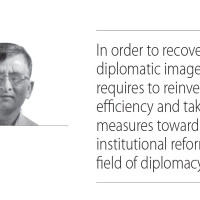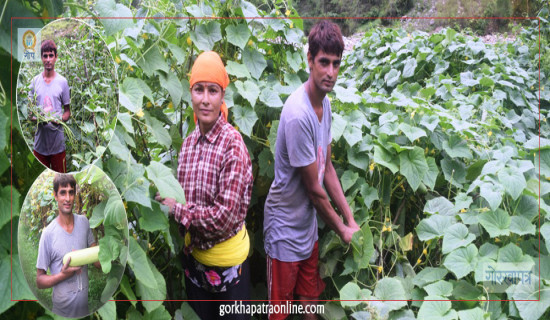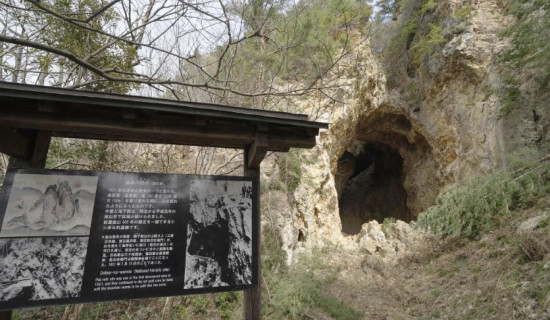- Sunday, 28 July 2024
Ensure Air Safety
Parmeshwar Devkota
One of the retired pilots was recently claiming on the social media that if the maintenance works are carried out in time, an aircraft seldom becomes old. If the crew members of the plane and passengers follow flight protocols properly, the travel by a plane will be safe and fast. He was arguing that a plane is scientifically developed modern means of transportation, so it is the most reliable means from all aspects. His claim may be true from a foreign country perspectives, because the People’s Republic of China operates hundreds of huge aircrafts everyday safely. After an aircraft of China met an accident recently, it was reported that the accident happened in the period of three decades. Similarly, the air-safety record of our southern neighbour India is not very bad.
In our case, the claim made by the pilot does not match with the reality. In a mere seventy years of time period, we have 109 cases of minor and major plane crashes, resulting in huge human and property loss. Recurrent crashes have frightened domestic and foreign travelers. A Swiss national who is a journalist by profession was in Kathmandu recently. He was heard saying that he would certainly visit Pokhara, but by a bus. When asked why not by a plane, he said that he was suggested so by his friends and relatives in his home country that local plane service in Nepal is ‘neither safe nor reliable’. Nepal's tourism will not develop until foreign visitors harbour such mentality.
Saurya Airlines aircraft accident inside the Tribhuvan International Airport on July 23 is the latest blow to the tourism industry as well as to the local people. The 70-seat plane was bound for Pokhara with only 19 people on board, with most being the crew members, but it met with an accident while taking off from the runway 02. The aircraft veered off to the right and crashed on the eastern side of the runway, splitting into two parts. As the front part was separated from the body, captain Manish Ratna Shakya was miraculously found alive and rescued.
As usual, the government has formed a five-member probe commission under the chairmanship of Ratish Chandra Lal Suman to find the cause of crash and provide suggestions for improving air safety. The panel has Professor Kuldeep Bhattarai, Captain Dipa Jwarchan, Sanjay Adhikari as members and Mukesh Dangol, an Air Traffic Control Officer from the Civil Aviation Authority of Nepal, as the member secretary. It has been given 45 days to come up the report. If we recall past crashes and the reports of the probe bodies, we find little or no action as suggested by the reports. But, this time, it must not go astray.
The understanding of the general people is that Nepal's airline sector is marred by two factors -policy level confusion and human errors. As human errors, negligence on the part of the company staff and crew members must be corrected and culprits punished. The Civil Aviation Authority should be split into two separate and independent entities - service providing body and technical body. In this regard, the Parliamentary International Relations and Tourism Committee should instruct the government specifically, so that, an independent regulatory body should check technical and operating lapses of the planes, and the companies should be solely involved in providing services. If we able to end repeated air accidents, the nation will build an image that it has foolproof air safety.















